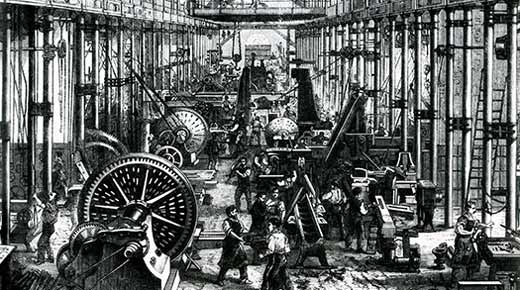‘Made in the U.S.A.” Do people really care about those words on the label, and more important, how motivated are they to buy American-made products? The answer is yes... and sort of. Yes, consumers in the United States say they want to “buy American” and are willing to pay up for it. According to Consumer Reports research, about 80 percent of American consumers would prefer to buy American-made products, and more than 60 percent say they’re willing to pay 10 percent more for it.
|
ADVERTISEMENT |
The reasons vary. For some, it’s the belief that American-made products are of higher quality and safety. For others it’s akin to buying local, a way of supporting your own economy. For others it’s about supporting U.S. jobs.
…

Comments
Brilliant!
Dirk, Thanks for the brilliant article! Businesses exist first and foremost to MAKE A PROFIT, not to provide the goods or servicesm that they sell. They make a profit by being cost-effective at what they do.
Another piece of the puzzle is corporate taxes. Businesses in the US are taxed close to the highest tax rates on the planet. We must stop trying to tax ourselves to prosperity. Lower tax rates actually generate more total tax revenue to the government. It works every time it is tried. Lower tax rates also generate more jobs and more people paying taxes on their earnings, also leading to more net revenue.
You hit the nail square on the head!
Bravo Dirk! Well said and so true. We need to share this with many more folks and enlighten them with the hard cold truth!
Add new comment